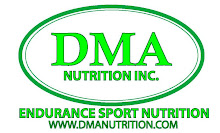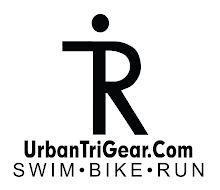Hyponatremia is a very real condition that every endurance athlete must be aware of. Hyponatremia is defined as an electrolyte imbalance or disturbance in which sodium concentration in the plasma (blood) is too low. So what do we need to know about hyponatremia?
Hyponatremia in terms of endurance sports, is normally caused by drinking too much water. That sounds contradictory to the “make sure to drink a lot of water” that everyone hears when cycling and running. In general, the longer the training session or race, normally greater than 4 hours, the higher the chances of this happening. In the last 10 years, there have been two reported deaths during a marathon due to “overhydration-induced” hyponatremia. In both cases, the runners were on the slower side of the marathon and had been on the road for several hours.
Hyponatremia can be a result of prolonged diarrhea or vomiting due to gastrointestinal (GI) distress during exercise or more likely, during endurance events, the excessive intake of fluids, especially water.
So how does this happen? Athletes can definitely take in too much water while training and racing. Hyponatremia can be difficult to determine since the warning signs come on slowly. Early symptoms include headache, cramps, nausea, confusion, disorientation, reduced coordination and tunnel vision to name a few. Another sign to look out for is bloating- look around your watch, rings, sock bands and elastic wastebands.
So how do we prevent this while staying hydrated? Simply balance water intake with salt (sodium) intake. The most scientific way to ensure you are getting enough salt is to calculate your sweat rate. You can assume that a pint of sweat or one (1) pound of body weight lost contains around 500 milligrams (mg) of sodium. A 16-ounce drink (most water bottles are either 21 or 24 ounces) which is 480 milliliters (mL), you should aim for up to 500 mg’s of sodium. This can come from naturally salt foods or sodium supplement capsules. Sports drinks, electrolyte tablets or gels are not enough in by themselves, you will have to find the right combination.
In general, you want to experiment with different nutritional products and sources until you find the right mix. After you’ve found that right mix, make sure you rehearse your nutritional plan during training so there is no mystery about what is going to happen on race day.
Friday, June 19, 2009
Subscribe to:
Post Comments (Atom)












.jpg)



No comments:
Post a Comment